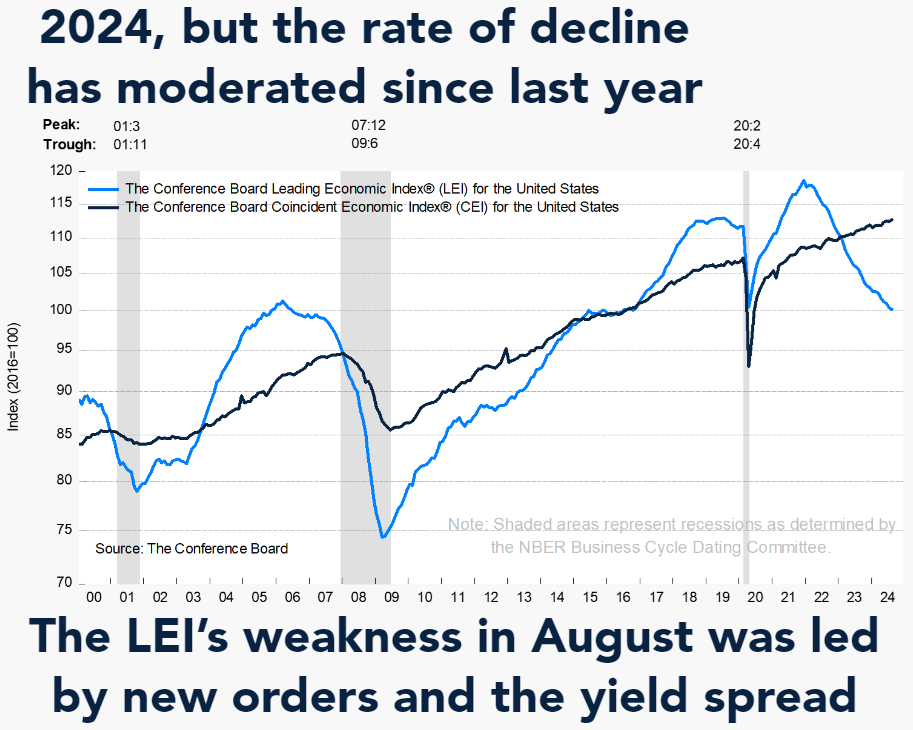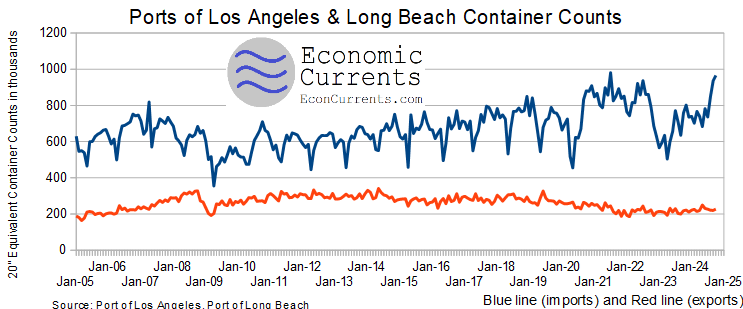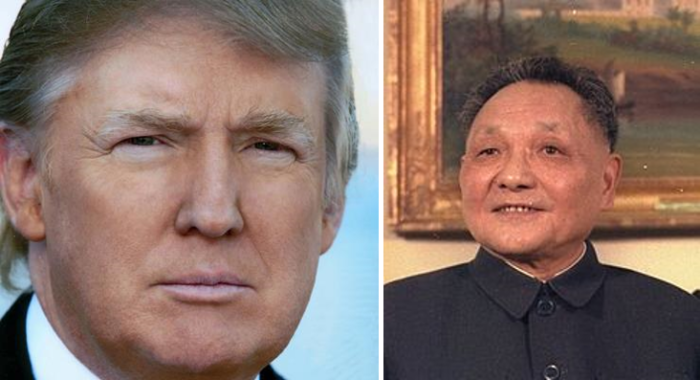Weather Outlook for the U.S. for Today Through at Least 22 Days and a Six-Day Forecast for the World: posted September 20, 2024
This article focuses on what we are paying attention to in the next 48 to 72 hours. The article also includes weather maps for longer-term U.S. outlooks (up to four weeks) and a six-day World weather outlook which can be very useful for travelers.
First the NWS Short Range Forecast. The afternoon NWS text update can be found here after about 4 p.m. New York time but it is unlikely to have changed very much from the morning update. The images in this article automatically update.
Short Range Forecast Discussion
NWS Weather Prediction Center College Park MD
Fri Sep 20 2024
Valid 12Z Fri Sep 20 2024 – 12Z Sun Sep 22 2024…Severe thunderstorm threat will shift from the upper Midwest this
morning to the southern High Plains by Saturday night/early Sunday……Rainy weather lingers over southeastern New England…
…A moderate to heavy rain event developing this weekend from the central
High Plains eastward toward the Mid-Mississippi Valley……Much above average temperatures through the mid-section of the country
and into Ohio Valley and Great Lakes…A cold/occluded frontal system clashing with a weak warm front will
continue to support formation of strong to severe thunderstorms across the
upper Midwest early this morning. These thunderstorms will generally lose
intensity as they move into the Great Lakes through the rest of today.
The relatively fast motion of the front will limit rainfall amounts.
However, there is still the potential for isolated heavy totals, that
could result in localized flooding, especially over urbanized regions.The deep low pressure system associated with the fronts are moving farther
away into central Canada. There will not be much temperature relief in
the wake of the fronts from the much above average temperatures currently
stretching across the Plains into the mid- to upper Mississippi Valley and
Great Lakes. These regions will continue to see some late summer heat
over the next two days. An Alberta clipper will take shape and will then
usher in a fresh dose of cool air from western Canada through the northern
Rockies followed by northern Plains this weekend.There is not expected to be large areas of heavy rains across the lower 48
over the next two days. Exceptions will be across southeastern New
England where a slow-moving low off the southeast New England coast will
keep conditions wet Friday and Saturday. Showery weather will also likely
to persist across South Florida where tropical moisture will bring the
potential for localized heavy rains and isolated urban flash flooding from
daily thunderstorms.A strong mid to upper level low moving onshore into the central to
southern California coast will be pressing eastward for the next couple of
days across the Southwest and into the Four Corners region. There is not
expected to be any large areas of precipiation associated with this strong
mid to upper level low across central to southern California into the
Southwest. However, during Saturday, higher levels of moisture are
expected to be transported northward ahead of the mid to upper level low
into the central to southern Rockies and southern High Plains as the
moisture begins to interact with a surge of cool air from the north. This
interaction will initiate an increasingly large precipitation event, first
across portions of the central to Southern Rockies on Saturday, then
expanding eastward Saturday evening/night into the central Plains and
lower Missouri Valley, and then toward the Mid-Mississippi Valley early on
Sunday. In addition, the potential of severe thunderstorms will increase
later on Saturday into early Sunday over the southern High Plains ahead of
a cold front and a dry line. In addition, cold air behind the front will
change the rain to wet snow over the Colorado Rockies early on Sunday.












